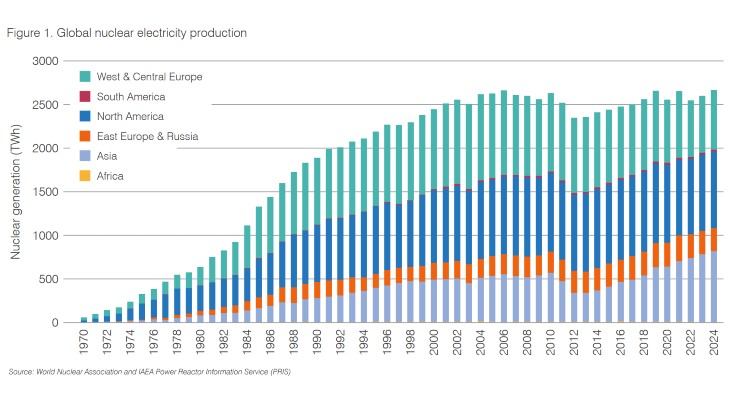Following over 18 months' worth of upgrades and four months of commissioning the Joint European Torus (JET) magnetic fusion reactor is ready to begin a series of new tests into the suitability of fusion materials.
JET's history has seen it contribute many important milestones in the development of magnetic fusion research. Since it achieved its first plasma in 1983, it has held the title of the largest reactor of its type in the world – paving the way for the next generation international fusion project, known as ITER, currently under construction in southern France.
In 1991 JET achieved the world's first controlled release of fusion energy, while 1997 saw it set a record thermal power output of 16 megawatts. In 2006 it started operating with ITER-like plasma arrangements, but all testing had stopped by 2009 so that the upgrades could take place.
.jpg) |
| Inside the machine control room at JET (Monty Rakusen) |
These required the replacement of 86,000 individual components, largely carried out by remote handling techniques. Now with the inside of the reactor vessel refitted with an ITER-like beryllium and tungsten wall, and a 50% increase in plasma heating power provided by new equipment, JET stands poised to fire up again and approach ITER-like conditions. Full fusion testing is set to begin in 2015.
European Fusion Development Agreement leader Francesco Romanelli commented, "This is probably the largest effort that has been put into JET apart from the construction of the machine itself. With the expertise and contribution of many fusion laboratories, the JET team has succeeded in building a small ITER."
A visiting scientist from the Netherlands remarked, "JET has become a brand new machine."
One of the most significant outstanding problems in fusion energy research is the development of materials capable of resisting the blistering conditions inside a fusion reactor. The reaction in JET takes place in a vacuum; it involves the fusion of deuterium and tritium nuclei and results in the formation of 14.1 mega-electronvolt neutrons that escape magnetic confinement and slam into the walls of the reactor, enough to blast atoms from the surface. Any eventual commercial fusion reactor based on the design must be able to sustain this and also facilitate other vital functions, such as heat transfer.
ITER is earmarked as being the first fusion reactor capable of producing net power. Fifty megawatts of input power should be enough to produce 500 megawatts output sustained on something closer to a steady state basis. The project has been plagued by numerous delays in its construction schedule, mostly budget related, and is now tentatively slated to achieve its first plasma by 2019.
Researched and written
by World Nuclear News




_92619.jpg)


_84504.jpg)




